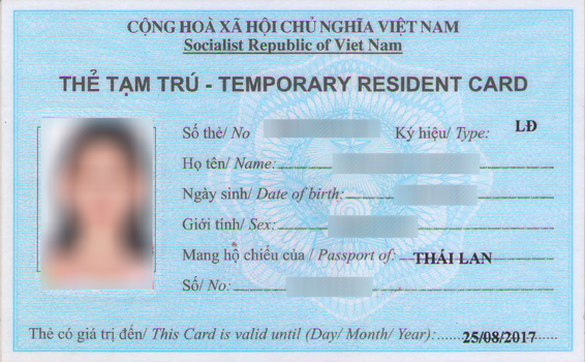1. Recruitment Under the Labor Code, an Foreign enterprise may either directly recruit Vietnamese employees or recruit via an authorized labor agency. The Foreign enterprise is then required to register the list of recruited employees with the local labour department and submit reports on the utilisation of and changes to staff to the labour department on a periodic basis.
2. Labour contract According to the Vietnamese Labour Code, labour contracts signed by and between employer and employee must be made in one of the following forms: – Labour contract with an indefinite term; – Labour contract with a definite term; and – Labour contract for seasonal jobs or specific jobs with a term of less than 12 months. An employer will be entitled to sign a maximum two subsequent definite labour contract with an employee. After that, if that employee continues to work for the employer, an indefinite labour contract must be signed.
3. Notice for termination Employers will be entitled to unilaterally terminate labour contracts in the following cases: – The employee repeatedly failed to perform the work in accordance with the terms of the labour contract; – The employee is ill or injured and remains unable to work after having received treatment for a period of 12 consecutive months for an indefinite term contracts, 6 consecutive months for definite term contracts and more than half of contractual duration of seasonal term contracts; – The employer has to narrow production and reduce the number of jobs due to natural disasters, fire or other force majeure reasons as prescribed by law; and – The employee failed to attend the workplace within 15 days from expiry of suspension of the labour contract When unilaterally terminating the labour contracts, employers must inform the employees in advance: – At least 45 days in the case of an indefinite term labour contract; – At least 30 days in the case of a definite term contract; and – At least 3 working days in case the employee is ill or injured and remains unable to work for a long time and in the case of a seasonal or specific job labour contract with a duration of less than 12 months.
4. Working Hours Normal working hours are eight hours per day (or 48 hours per week based on a six-day working week). Enterprises are entitled to schedule the working hours daily or weekly but must notify the employees in advance. For heavy, noxious or dangerous jobs, working hours will be 6 hours per day. Overtime hours will not exceed 50% of the normal working hours or 30 hours per month or 200 hours per year. In case a company wishes to extent the amount of overtime to more than 200 hours a year, it must seek the approval from the local Department of Labour, Invalids and Social Affairs (“DOLISA”). However, any approval is subject to a cap at 300 hours a year. 24 I‑‑ ‑ V‑
5. Wage Rates The wage costs in Vietnam are generally low. However, the cost of Personal Income Tax (PIT) and other mandatory contributions such as Social Insurance, Health Insurance and Unemployment Insurance as mentioned below may significantly increase total labour costs. In respect of expatriates, these costs depend on the residency status and the remuneration structure of the expatriates. There are other administrative costs associated with the employment of expatriate staff such as work permits, residency registration and insurance. The minimum wage of Vietnamese employees working for FIEs or other foreign organizations will vary depending on different zone classifications set forth by the Government.
6. Annual Leave In addition to having time off on public holidays with full pay, an employee working for a full 12 months under normal conditions is entitled to 12 days of annual leave with full pay, with one additional day for every five years of service. Employees working in certain areas, of a certain age or who have been with an enterprise for a certain time, may be eligible for longer periods.
7. Severance Allowance From 1 January 2009, the Law on Social Insurance has introduced the unemployment insurance scheme to replace severance payments. The company is required to make a severance payment to an employee at the time of termination of employment if an employee has worked for the company for twelve (12) months or more and is not covered by the unemployment insurance scheme (including working periods before 31 December 2008). Severance allowance paid by the employer will not be less than 50% of the average monthly salary during the 6 months prior to termination for each year of employment. Odd lengths of employment will be calculated as follows:
– Period of under one month will not be counted;
– Period of over one month but less than six months will be counted as 6 months; and
– Period of from six full months but less than 12 months will be counted as a full year.
Lawyers for enterprise and foreign investment advising.

 Tiếng Việt
Tiếng Việt
.jpg)
.jpg)
.jpg)
